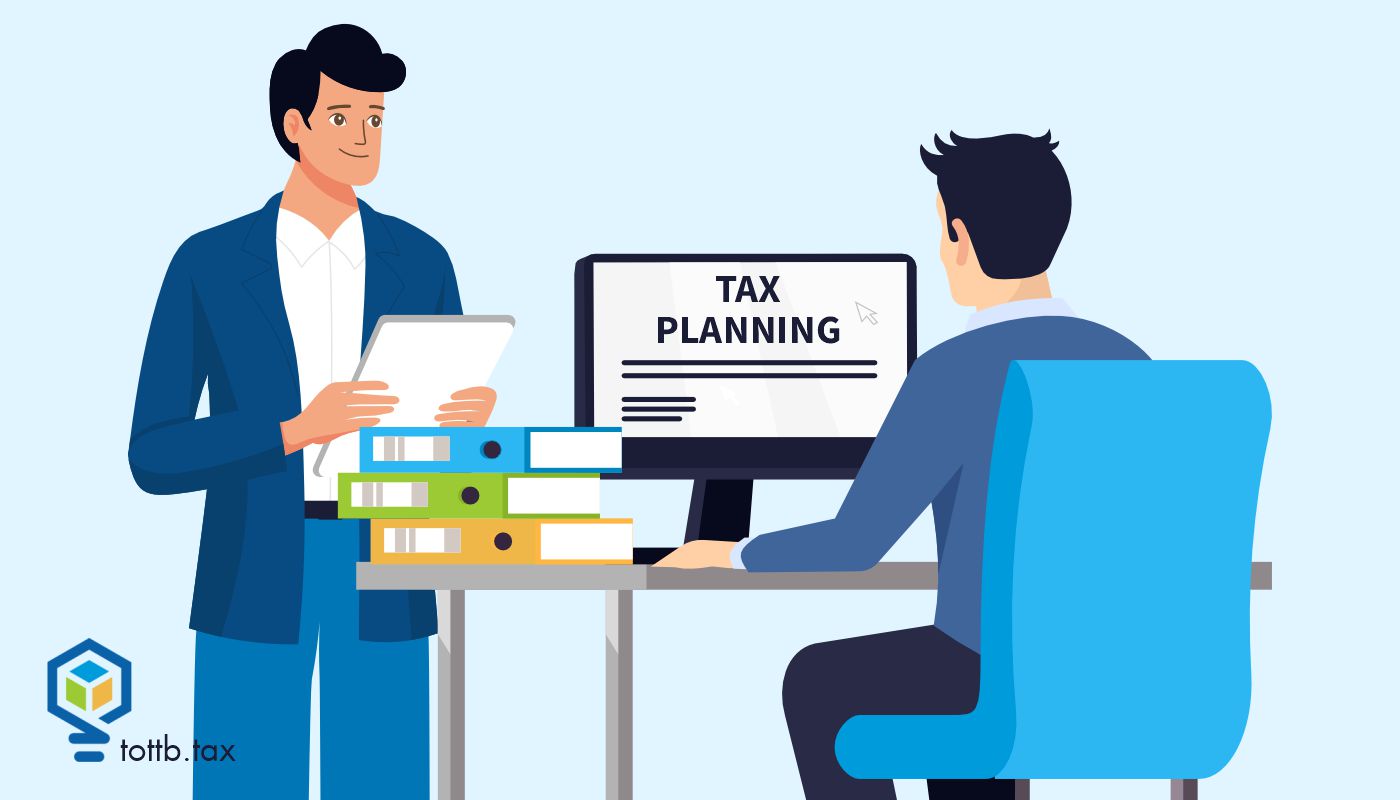Albert Lauber, my favorite Tax Court judge, gave us an opinion in February that paints a detailed picture of the workings of a syndicated conservation easement. In the end, he supports the findings of the Senate Joint Finance Committee that the engine of these abusive transactions is an inflated appraisal. In November, David Gustafson issued an opinion that exposed the financial engineering techniques that promoters engaged in. We’ll take a look at those, but first I would like to give you an overview, because we may need that to figure out the lessons to be learned.

The Ultimate Business Upgrade: Turning Your Partnership into an S Corp Without the Tax Bite
Looking to cut down on self-employment taxes on your partnership income? Converting your partnership into an S corporation might be the answer. If you currently run your business as a partnership or an LLC taxed as a partnership, you’re probably familiar with the sting of self-employment taxes. Unlike shareholder-employees of an S corporation, who only pay Social Security and Medicare taxes on their salaries, partners typically get hit with self-employment taxes on their entire share of the business’s net income. That can add up fast. By transitioning to an S corporation, you can restructure how you take your income—splitting it between salary and profit distributions. The big advantage? Those profit distributions are not subject to self-employment tax, potentially saving you thousands each year. So, if reducing your tax burden sounds appealing, let’s break down how a tax-free Section 351 incorporation works and what you need to know before making the move.





